Building Your Film's Digital Footprint: A Step-by-Step PR Guide for Independent Filmmakers
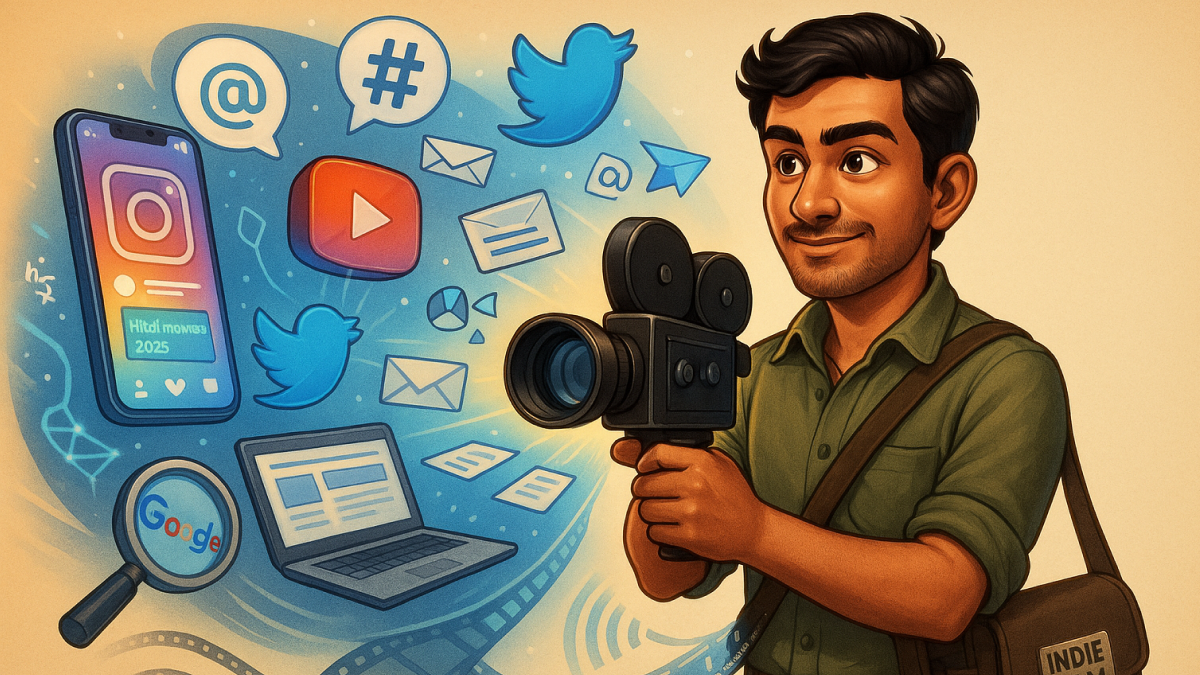
“A film isn’t discovered in theatres first, it’s discovered on Google.” Your film is finally ready. You’ve poured in your soul, your savings, and probably your sanity. So… what next?
If you’re like most first-time producers, your instinct might be to call a PR agency that charges some Amt - ₹ for three interviews and a couple of newspaper mentions. Stop right there.
you can build a strong digital footprint for your film yourself. Not by spamming WhatsApp groups. Not by buying followers. With simple strategy and consistent effort.
This guide will walk you through the steps indie filmmakers can take—from the moment you decide to make a film to the weeks after release.
Step 1: Start Before You Start (Pre-Production PR)
This is where 90% of filmmakers mess up. They think PR starts with the trailer launch. Wrong, Big mistake. PR starts the day you decide to make a film.
Create a simple Instagram page. Nothing fancy. Just post once a week about Filmmaking Update, Like "Found our perfect location today." "Script reading sessions beginning." "Our composer just sent the first track." Build curiosity, not hype. There's a difference. Keep it honest. People connect with the journey, not polish.
You can see the Big Budget filmmaker who started posting six months before shooting. By the time they released, they had lakhs of genuine followers who felt like they were part of the journey. Zero paid promotion. Just consistency and authenticity.
Don't overthink content at this stage. Behind-the-scenes photos, team introductions, location scouts, even your struggles. People connect with honesty more than polish. A producer posted about their funding challenges. Sometimes posts may go viral, leading Connect to a larger audience.
Remember: curiosity > hype. If your audience feels they’re part of the journey, they’ll root for your film.
Step 2: Build Your Film’s Digital Home
Your film needs a website. "But everyone's on social media!" Sure, but you don't own social media. Algorithms change. Platforms die. Remember Orkut?
A simple website costs less than your one-day catering budget. Use WordPress or Wix if you're broke. Include:
- A compelling synopsis (not the boring one you send to producers)
- High-quality stills (at least 10, downloadable for media)
- Trailer embedded from YouTube (not uploaded directly)
- Cast and crew info with their social media links
- Press kit with logos, posters, and basic information
- Contact information (create a separate email for the film)
SEO tip: publish blog/Articles posts on your website about your film’s themes. If your film tackles mental health, write about “Mental Health in Indian Cinema.” Google loves helpful content, not promotional fluff.
Step 3: Learn and Master the Art of Press Release Formula
PR agencies formula to writing press releases. Here's the formula they use:
First paragraph: What, When, Where, Who, Why in two sentences.
Second paragraph: The hook. What makes your film different?
Third paragraph: Quote from director/producer (make it quotable, not boring)
Fourth paragraph: Context and background Fifth paragraph: Technical details and release information
That's it. Secret formula.
But writing it is only 20% of the work. Distribution is everything. Free press release sites exist: PRLog, OpenPR, PRFree. For India, try PR Newswire India (paid but worth it for big announcements).
Email journalists or news paper directly. Not the generic newsdesk email. Find writers who cover cinema, check their recent articles, reference something they wrote, then pitch your story. Personalization beats mass mailing every time.
Step 4: Social Media Without Losing Your Mind
You don't need to be everywhere. Pick three platforms and do them well. For most Indian films, it's Instagram, YouTube, and Twitter/X. Facebook if your audience is older, LinkedIn if it's a documentary or social issue film.
Instagram Strategy:
- Post daily during promotional period, thrice weekly otherwise
- Stories for casual content, posts for important stuff
- Reels are gold. One good reel can reach more people than 100 posts
- Use location tags religiously. Shooting in Munnar? Tag it.
- Create a unique hashtag, but also use popular ones like #IndianCinema #NewRelease
YouTube isn't just for trailers:
- Upload songs separately with lyric videos
- Create character introduction videos (30 seconds each)
- Behind-the-scenes compilations
- Deleted scenes (if they're good)
- Interview series with cast and crew
Twitter/X is for conversations:
- Live-tweet from sets (without spoilers)
- Engage with film critics and journalists
- Share others' content about Indian cinema
- Create threads about your filmmaking journey
- Use Twitter Spaces for audio discussions
The secret? Batch creation. Spend one day creating content for the entire week. Schedule using free tools like Buffer or Hootsuite.
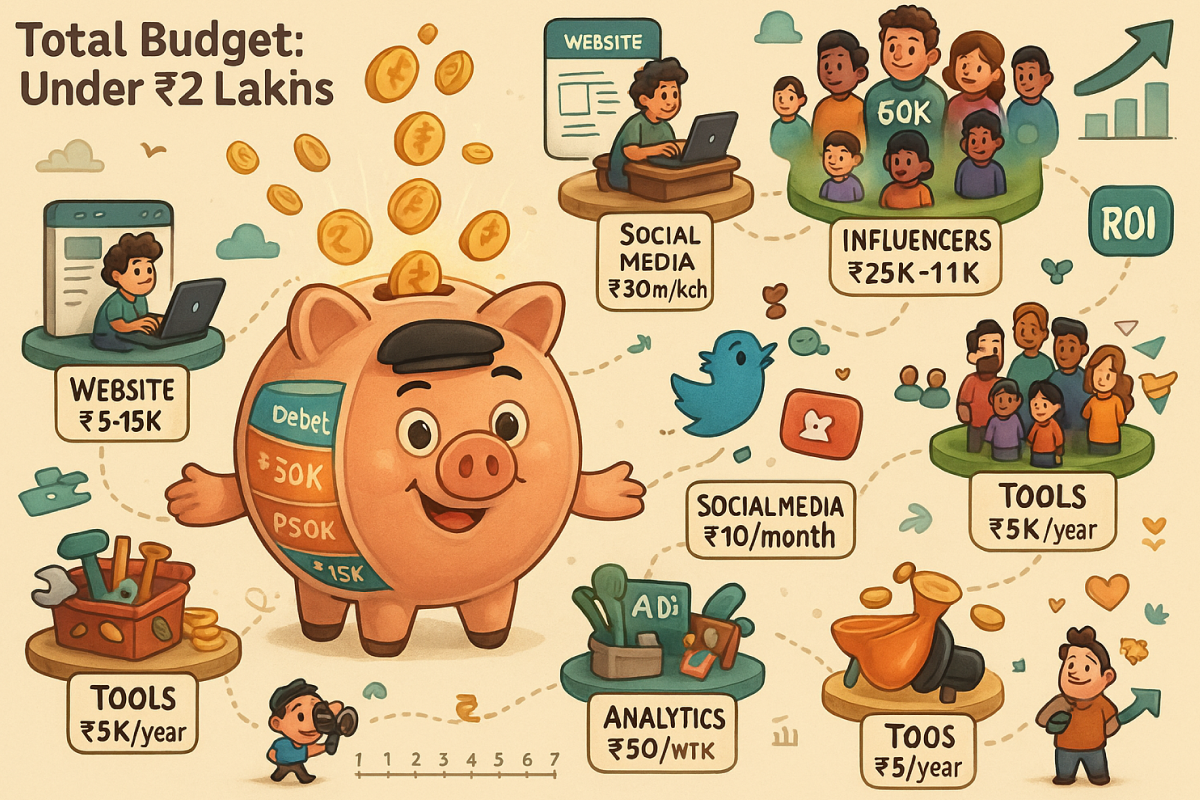
Step 5: Play the Influencer Game (Without Going Broke)
Everyone wants Bhuvan Bam or Prajakta Koli to promote their film. Unless you have lakhs to burn, forget it. Focus on micro-influencers. They have 10K-100K followers, charge reasonably (or work for free screenings), and have better engagement rates.
Find influencers who align with your film's theme. Making a sports film? Sports bloggers. Romance? Bookstagrammers who review romance novels. Horror? Horror podcast hosts.
Here's a template that works:
"Hi [Name], I've been following your content about [specific topic]. Your recent post about [specific post] really resonated with our film's theme. We're releasing [Film Name], which explores [brief description]. Would love to arrange a special screening for you. If you enjoy it and feel it's worth sharing with your audience, we'd be grateful. No obligations."
60% will ignore you. 30% will say no. 10% will become your film's champions. That 10% is gold.
A story should have a beginning, a middle and an end, but not necessarily in that order.
ByJean-Luc Godard
Step 6: Content Marketing That Doesn't Suck
Stop posting just "Coming Soon" posters. Create content that provides value even if people never watch your film.
Examples that worked:
- A filmmaker created Instagram tutorials about mobile filmmaking. Promoted his film subtly. Gained 50K followers.
- A director wrote LinkedIn articles about women in cinema. Her film about women's empowerment got organic corporate bookings.
- A producer started a podcast interviewing struggling actors. Built a community that became his film's core audience.
The formula: 80% valuable content, 20% film promotion. People will tolerate promotion from someone who's been helpful.
Blog ideas that work:
- "10 Locations in [Your City] Perfect for Photography"
- "How We Shot That Scene: Technical Breakdown"
- "The Real Story Behind Our Film's Inspiration"
- "Casting Stories: How We Found Our Lead"
Each piece of content is a doorway to your film. Make those doorways interesting.
Step 7: The Review and Release Strategy
Critics can make or break your film. Here's how to approach them:
Two weeks before release: Send personalized invites for press screenings. Not mass emails. Include why you think they specifically would appreciate the film.
One week before: Follow up with those who haven't responded. Send screeners to critics who can't attend physical screenings.
Release day: Don't pester critics for reviews. They'll write when they write. Instead, focus on audience reactions. Repost every positive comment, create Instagram stories of theatre reactions, share ticket booking screenshots.
Post-release: Thank everyone who reviewed, whether positive or negative. Negative reviews handled gracefully often convert critics into supporters for your next film.
Step 8: Community Building Over Campaign Running
Campaigns end. Communities persist. Build a WhatsApp broadcast list, Telegram channel, or email newsletter. Share exclusive content, early bird offers for your next film, behind-the-scenes stories.
Step 9: SEO for Films (The Technical Stuff Made Simple)
Your film's name should be Googleable. "Love" is a terrible film name for SEO. "Love in Shimla" is better. "Pyaar in Shimla: A Winter Romance" is best.
Create separate pages for:
- Film + review
- Film + songs
- Film + cast
- Film + where to watch
- Film + tickets
These are what people search. Each page should have 300+ words of unique content. Not copy-paste.
Use Google Trends to see what people are searching. If "romantic movies 2025" is trending, create content around "Why [Your Film] is 2025's Most Unique Romance."
Step 10: Track, Learn, Adjust (Measurement Without Madness)
You don’t need fancy dashboards to start.
Track these metrics weekly:
- Website visitors (Google Analytics is free)
- Social media followers growth rate
- Engagement rate (likes + comments + shares divided by followers)
- Mentions (Google Alerts is free)
- Ticket booking link clicks
If Instagram reels get more engagement than posts, make more reels. If LinkedIn articles drive website traffic, write more articles. Let data guide decisions, not dictate them.

Management ideas
The Budget Reality
Let's talk money. Here's a realistic digital PR budget for an indie film:
- Website: ₹5,000-15,000 (one-time)
- Social media scheduling tools: ₹1,000/month
- Press release distribution: ₹10,000-25,000 (for major announcements)
- Influencer collaborations: ₹25,000-1,00,000 (depending on scale)
- Facebook/Instagram ads: ₹30,000-50,000 (for targeted campaigns)
- Content creation tools (Canva Pro, etc.): ₹5,000/year
Total: Under 2 lakhs for comprehensive digital PR. That's one traditional PR agency's monthly retainer.
Platform-Specific Hacks
Instagram: Tuesday 11 AM and Thursday 5 PM are golden posting times for Indian audiences.
YouTube: Titles under 60 characters perform better. Always upload in at least 1080p.
Twitter: Threads perform better than single tweets. Break your thought into 3-5 connected tweets.
LinkedIn: Long-form posts (1000+ words) get more visibility than short updates.
The Long Game
Your film's digital footprint isn't just about this release. It's about building your brand as a filmmaker. Every film should build upon the last one's digital foundation.
Save everything: Email lists, follower bases, journalist contacts, influencer relationships. Your second film's PR starts with your first film's audience.
- Buying followers. Everyone can spot fake engagement.
- Spamming film groups with your trailer. You'll get banned and hated.
- Ignoring negative feedback. Address it or stay quiet, never fight.
- Using film stills without watermarks. They'll be stolen.
- Posting spoilers without warnings. Audiences will murder you.
- Neglecting regional language content. India isn't just English-speaking.
- Forgetting to optimize for mobile. 80% of your audience is on phones
The Mental Health Side
Digital PR can be exhausting. Set boundaries:
- Specific hours for social media (not 24/7)
- Someone else reads comments first (filters out trolls)
- Regular digital detox days
- Remember: One viral post won't make your film, one negative comment won't break it
Final Reality Check
Your film won't become Pathaan through digital PR alone. But solid digital presence can:
- Turn a 10-lakh opening into 25-lakh
- Get you that OTT deal through visibility
- Build audience for your next film
- Create opportunities you never expected
A filmmaker I know got hired for a web series because a producer loved a short movie scene clip of his Instagram. Another got international distribution through a viral Twitter thread about her film's making.
Digital PR isn't magic. It's a systematic effort. It's showing up daily even when you see no results. It's building relationships, not just broadcasting messages.
Comments
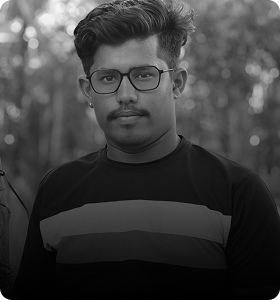
Variations in the floor plan, window location, and interstitial outdoor spaces enhance this material homogeneity. The goal was to produce a unified whole using a modern design language, where attention to materiality and detail is evident.

Variations in the floor plan, window location, and interstitial outdoor spaces enhance this material homogeneity. The goal was to produce a unified whole using a modern design language, where attention to materiality and detail is evident.
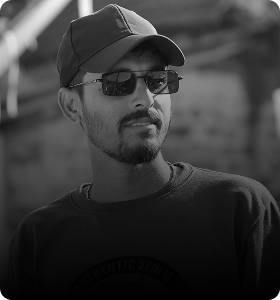
Variations in the floor plan, window location, and interstitial outdoor spaces enhance this material homogeneity. The goal was to produce a unified whole using a modern design language, where attention to materiality and detail is evident.
-
42
-
10
-
Publication Date
October 15,2023
-
Author name
Bharatvarsh
-
Reading Time
20 Min
-
Number of Words
1800
Table of Contents
- Step 1: Start Before You Start (Pre-Production PR)
- Step 2: Build Your Film’s Digital Home
- Step 3: Learn and Master the Art of Press Release Formula
- Step 4: Social Media Without Losing Your Mind
- Step 5: Play the Influencer Game (Without Going Broke)
- Step 6: Content Marketing That Doesn't Suck
- Step 7: The Review and Release Strategy
- Step 8: Community Building Over Campaign Running
- Step 9: SEO for Films (The Technical Stuff Made Simple)
- Step 10: Track, Learn, Adjust (Measurement Without Madness) Management ideas



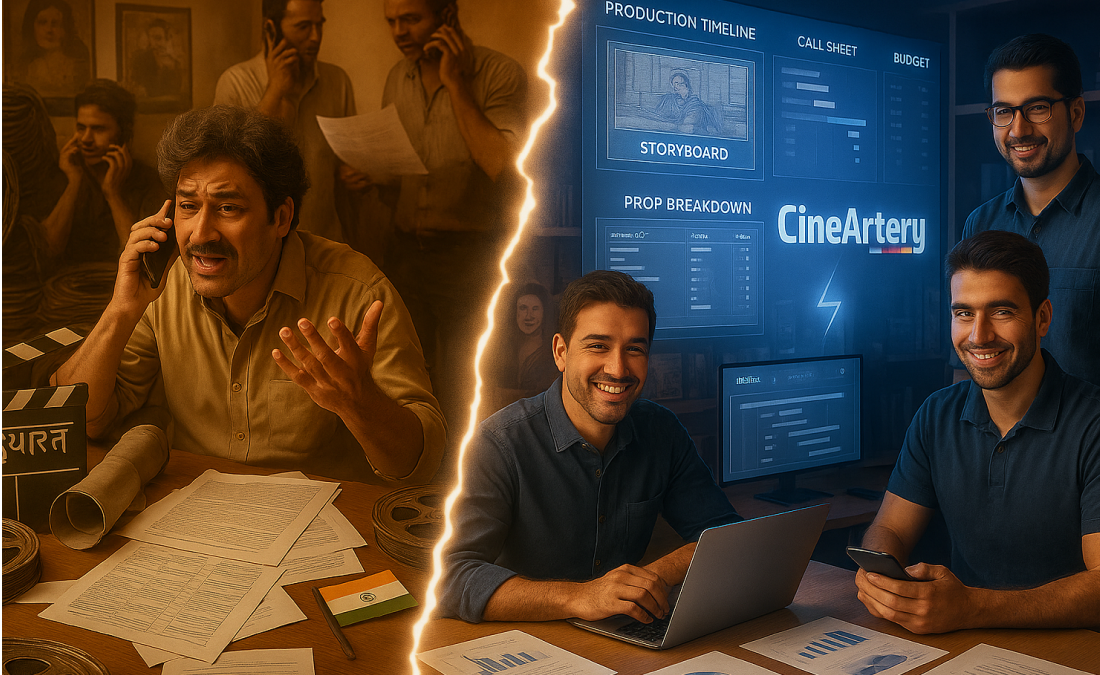
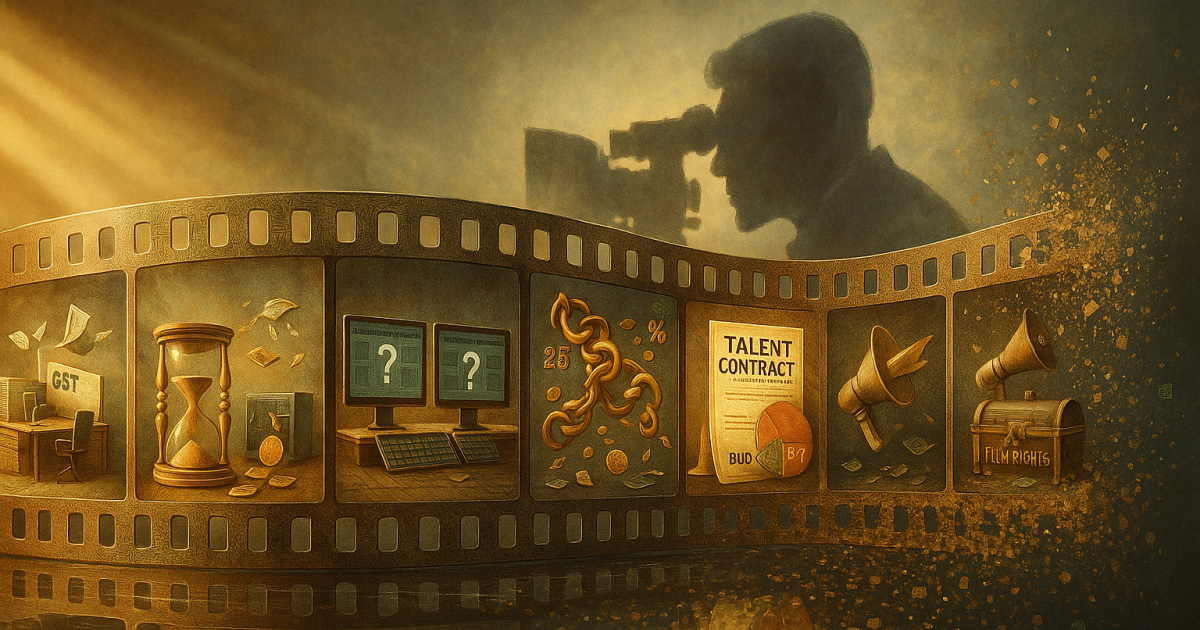
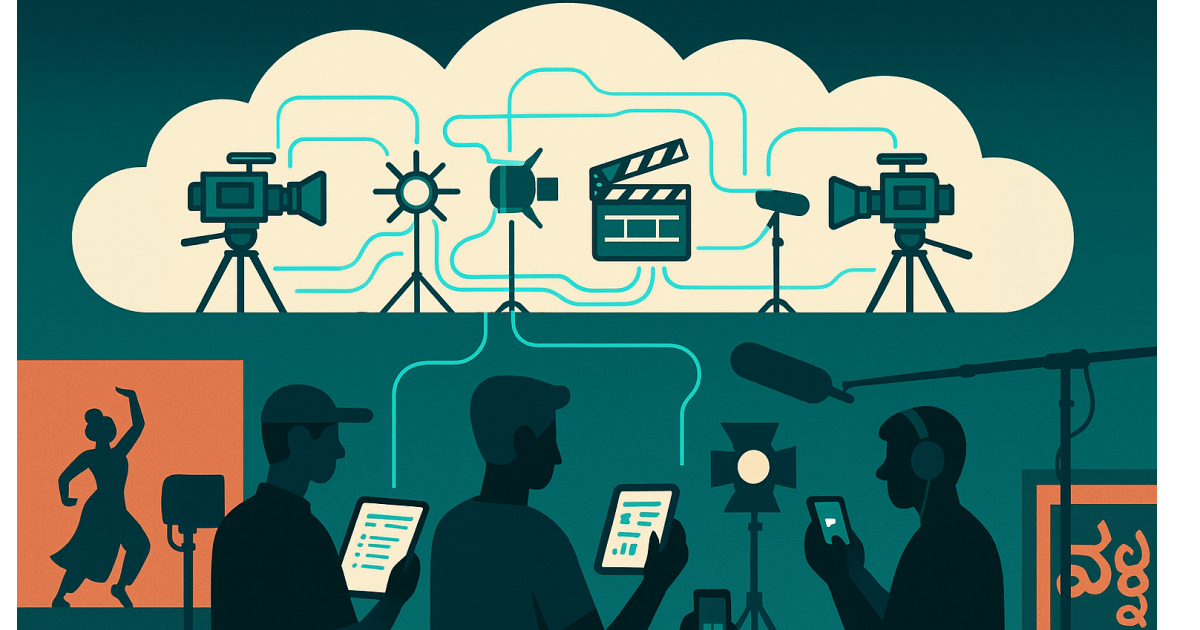
Leave a comment